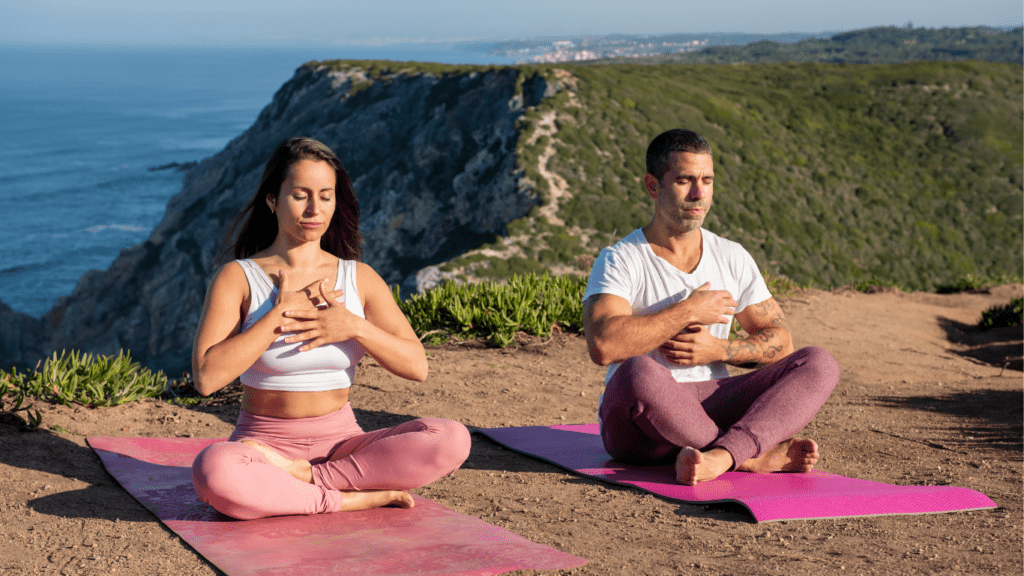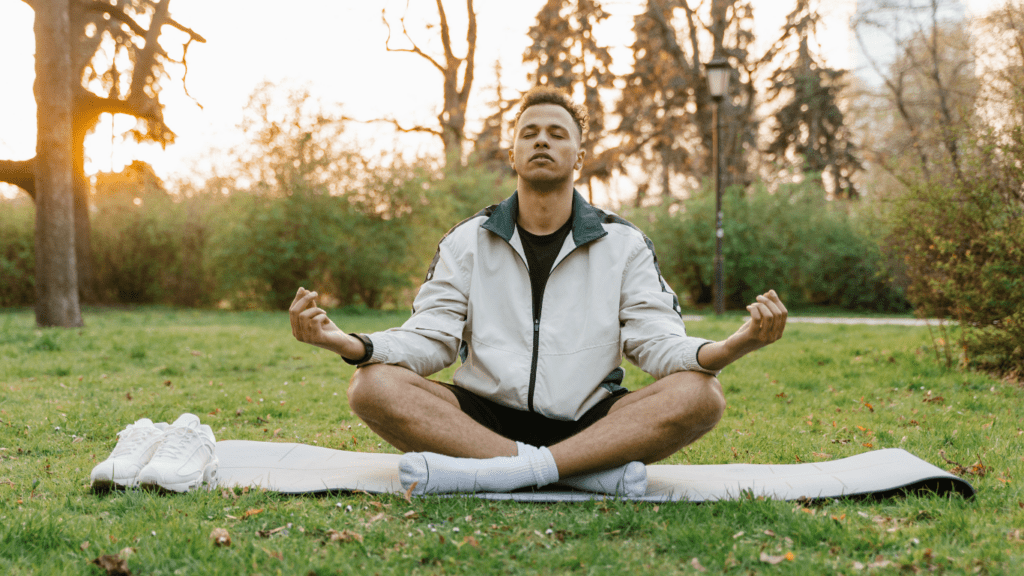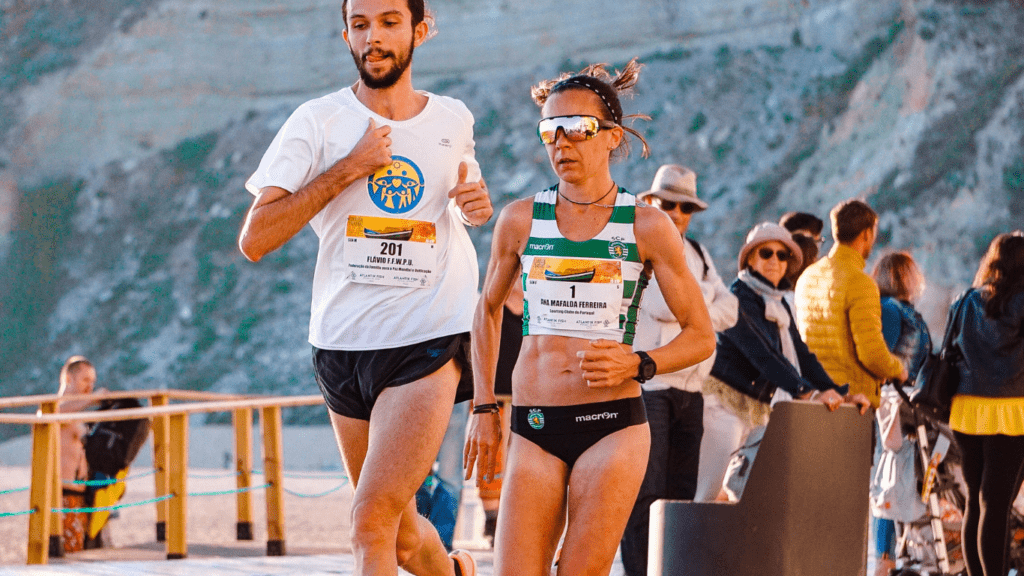Understanding Visualization Techniques
Visualization techniques play a crucial role in an athlete’s mental training. They enable focus and resilience during high-pressure moments in a race.
The Basics of Mental Imagery
Mental imagery involves creating vivid, detailed pictures in the mind. Athletes, such as runners and swimmers, use this method to mentally rehearse their performance.
Key aspects include visualizing the start, each movement, and the finish line with clarity. Research by Dr. Richard Suinn shows that mental imagery activates the same neural pathways as physical practice, making it an effective training tool.
Importance in Sports Psychology
Sports psychology emphasizes the significance of mental strength for optimum performance. Coaches encourage athletes to integrate visualization into their routines, as it boosts confidence and reduces anxiety.
Studies in the Journal of Sports Sciences reveal that athletes utilizing visualization techniques achieve improved focus and adaptability under stress.
Applying Visualization in Race Preparation
Visualization plays a vital role in mentally preparing for a race. It conditions the mind to anticipate and navigate race-day challenges.
Before Training: Setting the Mental Stage
I use relaxation techniques to calm my mind before starting visualization. Deep breathing or meditation helps achieve a relaxed state. Once relaxed, I visualize the race course in detail.
I see the start line, the turns, hills, and my pace. I imagine myself performing each move flawlessly. This sets a clear, positive mindset before physical training begins.
During Training: Reinforcing Positive Outcomes
While training, I continuously visualize successful performances. For instance, if I’m running, I picture myself maintaining perfect form and hitting my target splits.
This mental rehearsal enhances muscle memory and reinforces positive outcomes. I also imagine overcoming potential obstacles, like fatigue or adverse weather, to boost my mental resilience.
Integrating visualization during training helps solidify the mental-physical connection, making success on race day more attainable.
Techniques and Tips for Effective Visualization

Using effective visualization techniques can transform mental preparation for a race. Here, I’ll cover methods that help in this process.
Guided Imagery Practices
Guided imagery uses structured mental pictures to enhance focus and performance. I find it helpful to listen to recorded scripts or work with a coach who can direct these sessions. Guided imagery practices often involve:
- Scenario Visualization: Imagine different stages of the race, including potential hurdles and successful navigation.
- Sensory Involvement: Engage all senses to create a vivid and realistic mental image.
- Positive Reinforcement: Focus on positive outcomes and personal strengths to boost confidence.
Engaging in guided imagery regularly helps integrate these visualizations into my routine, making them more effective over time.
Self-Directed Visualization Techniques
Self-directed visualization techniques require personal initiative and practice. Here are methods I’ve used:
- Goal Visualization: Picture achieving specific race goals, like crossing the finish line at a desired time.
- Process Visualization: Focus on individual aspects of the race, such as maintaining form or breathing rhythm.
- Progressive Visualization: Break the race into segments and visualize each part in detail.
Consistently practicing self-directed visualization enhances individual motivation and mental resilience.
By incorporating both guided imagery practices and self-directed techniques, one can create a comprehensive mental preparation strategy for optimal race performance.
Real-Life Success Stories
Visualization techniques significantly impact athletes’ performance in diverse sporting events. Elite athletes and various case studies underscore its effectiveness in mental preparation for races.
Elite Athletes Who Use Visualization
Numerous top athletes integrate visualization into their training routines. Michael Phelps, the Olympic swimmer, routinely visualizes every aspect of his races, from start to finish.
His mental imagery includes potential difficulties and how to overcome them, which enhances his readiness and confidence.
Another notable example is Lindsey Vonn, an Olympic skier, who visualizes her runs down to the smallest detail, boosting her concentration and reducing anxiety before competitions.
Case Studies and Their Outcomes
In-depth case studies highlight the tangible benefits of visualization for race preparation. A study involving long-distance runners showed that those who practiced visualization improved their race times by 13%.
Similarly, a group of cyclists reported a 10% increase in performance metrics after implementing mental imagery techniques.
These outcomes demonstrate that visualization helps athletes build mental strategies, enhancing their performance under competitive conditions.
Consistent use of visualization techniques fosters a positive mental landscape, providing athletes with the tools to mentally rehearse their races and address potential challenges proactively.



